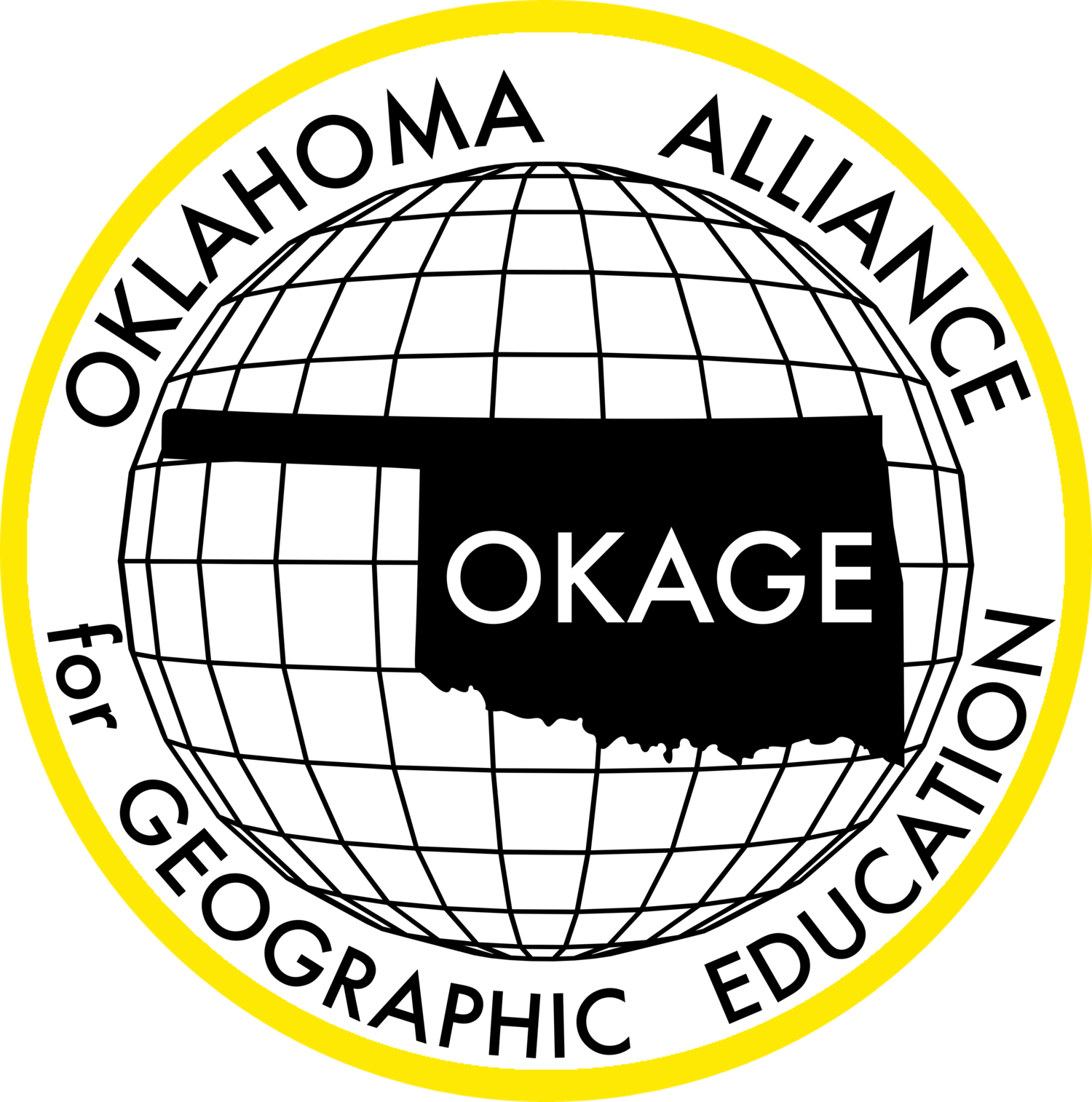Spotting a Wind Farm
Description: The overall purpose of this lesson is to help students analyze a range of geographic information to develop a better understanding of human interactions with their environment via siting a wind farm in a foreign location. In this case, students’ analysis is of the island of Ireland.
Grade level(s): Middle School Standards: OAS, GFL
Produced By: Scott Greene
This Land is Our Land
Description: Students will gain an understanding of the historical context for modern-day Arab-Israeli conflicts, as well as involvement of the international community in contributing to and in trying to resolve conflict. They will also practice interpreting political cartoons over this topic.
Grade level(s): Middle School Standards: OAS, GFL
Produced By: Janet Hall
Every Region Has A Reason: Lesson 1
Description: This lesson is designed to define, analyze, conceptualize, and apply the idea of political, physical, economic and cultural regions, concentrating on the United States in the Western hemisphere. This lesson involves student interaction, research, hands on activities, and class presentations with discussions. Various examples and scenarios through photos, web work, and maps will help students understand and internalize these key geographic types of regions.
Grade level(s): Middle School Standards: OAS, GFL
Produced By: Gary Gress
Putting the “Us” in USA
Description: Culture is a term we take for granted that students understand, but the nuances of prejudice that are formed by misunderstanding are difficult to overcome. As groups of people use more and more stereotypes to describe culture, it becomes obvious that a country or region's culture is not considered a worthwhile part of their human existence. Culture may very well be the most important aspect of what it means to be human and by understanding and respecting the culture of other people we will come closer to being humane.
Grade level(s): Middle School Standards: OAS, GFL, CC Produced By: Jayne Marley
Big Oil: Exploring Alternatives
Description: The goal of this lesson is to use map skills to gain an understanding of and make inferences about the effects of abundant oil supplies in the Middle East. Using maps, students will analyze data from a geographic perspective. They will gain an understanding of conflict and cooperation among specific groups over oil and religious differences. They will also have a better understanding of wind energy as an alternative form of energy.
Grade level(s): Middle School Standards: OAS, GFL, CC Produced By: Teresa Potter
Picture This - The Economics of Geography
Description: Students will examine photos reflecting primary, secondary, and tertiary economic activities. They will analyze the photos and be able to explain the difference between the three economic activities and the impact they have on a nation’s development.
Grade level(s): Middle School Standards: OAS, GFL
Produced By: Ann Kennedy
Nuclear Energy Friend or Foe
Click on the image above to download the lesson plan. Also, due to the large file please follow this link to download the rest of the lesson.
Description: The objective of the lesson is to evaluate the benefits and challenges of continued development and dependence on nuclear energy as a source of power for developed, as well as developing nations. Using the essential questions “How can people cooperatively solve common challenges?” and “What responsibilities do we owe the preservation of the Earth’s environments?”, students will work as cooperative teams to investigate the current status of nuclear energy production and dependence, the geo-political issues arising from new access to nuclear power sources, and the impact of nuclear energy on the environment. Student learning and team research will be presented through a classroom “Fishbowl Global Summit”.
Grade level(s): Middle Standards: OAS, GFL Produced By: Pam Merrill
Picture Yourself There
Description: Culture may very well be the most important aspect of what it means to be human and by understanding and respecting the culture of other people we will come closer to being humane.
Grade level(s): Middle Standards: OAS, GFL Produced By: Jayne Marley
Saving Holland
Description: Students will examine how the Dutch have altered their physical environment. They will apply close reading strategies to explain the impact of human-environmental interaction in the Netherlands.
Grade level(s): Middle Standards: OAS, GFL Produced By: Ann Kennedy
Political Geography: Types of Government
Mission Possible: Solving Ethnic Conflict in South Asia
The Florida Everglades: The Once and Future River of Grass
Description: This lesson focuses on the history of human-environment interactions in the Florida Everglades region since the late 19th century. The long-term effects of these interactions are discussed and evaluated.
Grade level(s): Middle Standards: OAS, GFL Produced By: Virginia Silvis
Hungry for Humanity
Description: Students will gain understanding in the world-wide humanitarian crisis, causes of food insecurity, humanitarian relief efforts by the United Nations to address hunger in Africa, and other humanenvironmental interaction concepts related in geography.
Grade level(s): Middle Standards: OAS, GFL Produced By: LeaAnn Wyrick
Give Peace a Chance
Description: Students will be able to identify four areas of the world currently receiving help from the UN and will be able to write a brief, informal blog post demonstrating their knowledge of an area of the world in crisis and how it is being affected.
Grade level(s): Middle Standards: OAS, GFL Produced By: Jayne Marley
Lovely Landforms and Beautiful Bodies of Water
Every Region Has A Reason: Lesson 2
Description: This lesson is designed to define, analyze and conceptualize the idea of formal, functional and popular (or vernacular regions), concentrating on one country in the Western hemisphere involving student interaction, research, hands on activities, and class presentations with discussion. Various examples and scenarios through photo’s, web work and maps will help students understand and internalize these key geographic types of regions.
Grade level(s): Middle Standards: OAS, GFL Produced By: Gary Gress





















